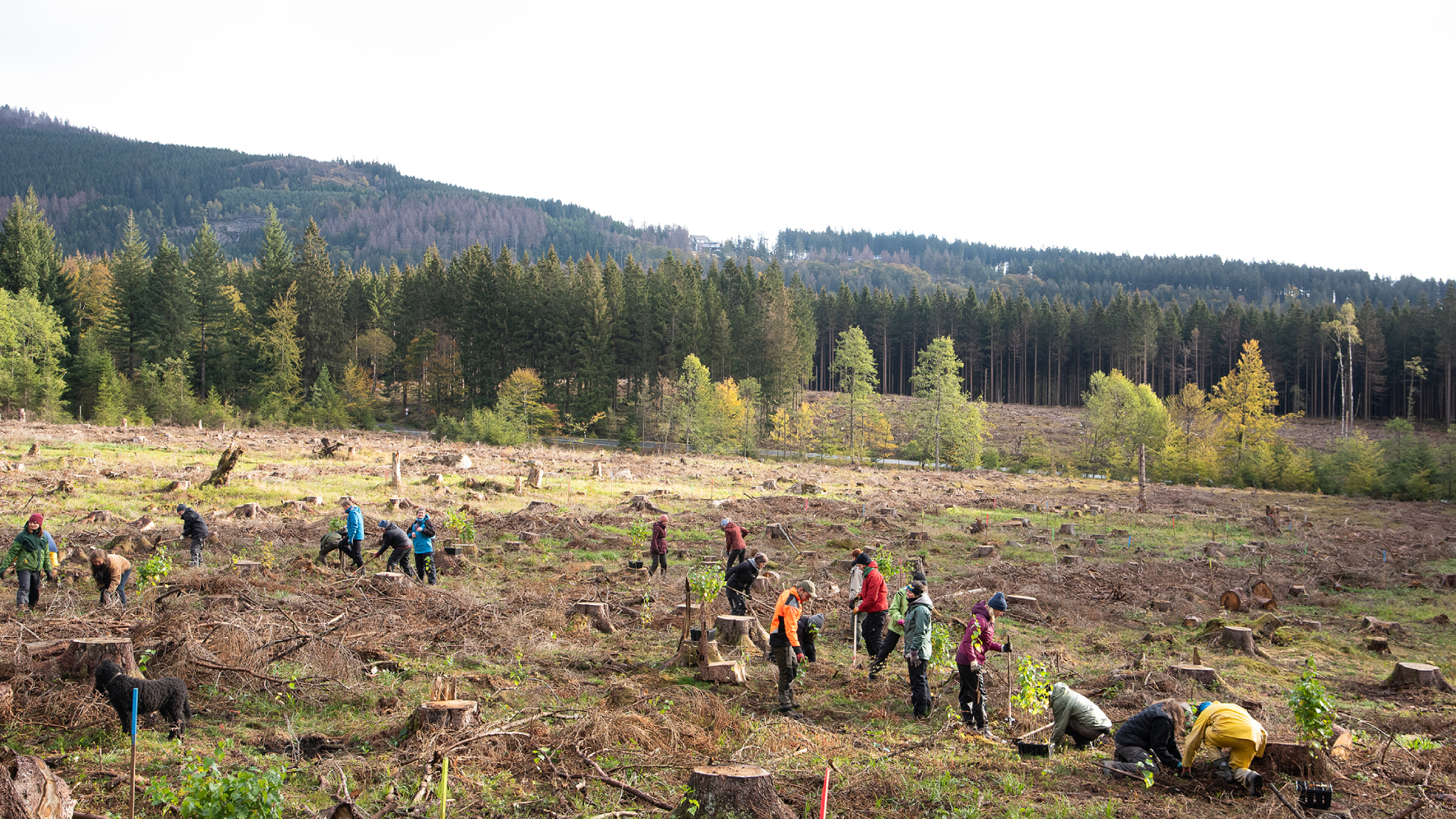Traditional Agroforestry in Alentejo, Portugal


| Continent | Europe |
| Country | Portugal |
| Cost per 1 ton of bound CO2 | 71,43 € |
| GPS Data of planting site | 38.346394, -8.123971 |
| Planting Partner | Climate Farmers |
Porcus Natura is a 700 ha regenerative farm close to Montemor-o-Novo in the Alentejo region of Portugal. The proud and dedicated owner, Francisco Alves, is the fifth generation of this unique montado farm. Montado refers to the traditional agroforestry system in Portugal, characterised by low-density cork trees combined with pastoral activities or agriculture.
Through rotational grazing, which implies the daily rotation of the spaces covered by animals, they ensure the quality of the pasture and the regeneration of the soil. Another, of many, positive side effects of regenerative soil management is absorption of significant amounts of carbon by the soil. This balances the emissions caused by the animals. To enhance the climate benefits, the owner wants to plant several thousands of trees to expand the agroforestry project, which at the same time provides shade and food for the grazing animals.
Alluvial Forests in Eastern Germany
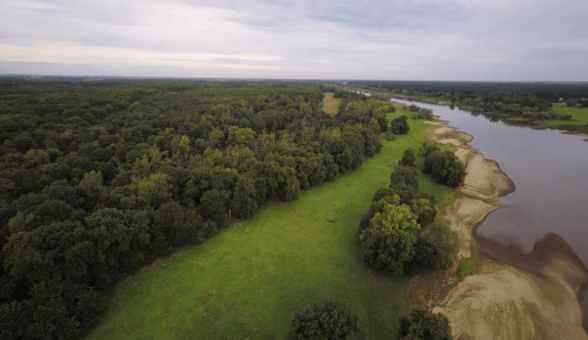
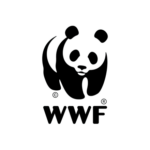
| Continent | Europe |
| Country | Germany |
| Costs per square meter | 5.72 € |
| GPS Data of planting site | 51.869232, 12.166737 |
| Protecting Partner | Worldwide Fund for Nature |
Restoring alluvial forests and giving the Elbe river the space it needs. Most rivers in Central Europe have been altered to a point beyond recognition: What was once a wild maze of river branches, wetlands, and alluvial forests, is now a straightened water body, serving the sole purpose of transporting our goods. Natural flooding processes have been restricted to a minimum with the construction of dams and dikes. Through this, one of the most diverse ecosystems in Central Europe is in strong decline: Alluvial Forests. Not only do they host an impressive number of species dependent on the seasonal floods. They also act as a natural buffer, protecting communities living by the river. WWF Germany has been working to liberate the Elbe river since 2002 and has already successfully relocated dikes and restored vital habitats. Today, WWF manages approximately 1500 hectares of alluvial forest and grassland in the Middle Elbe region, safeguarding and developing the sites for nature and people. Our goal is to purchase more land to restore and preserve these rare and endangered habitats for future generations.
Further information about the project and partner.
Old-Growth Forests in Eastern Germany
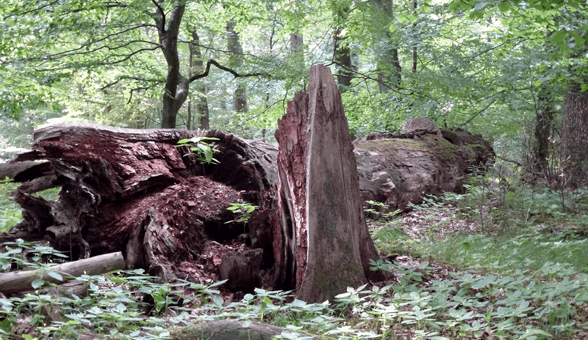

| Continent | Europe |
| Country | Germany |
| Costs per square meter | 5.72 € |
| GPS Data of planting site | 53.315954, 13.613089 |
| Protecting Partner | World Fund for Nature |
Protecting natural dynamics and creating old-growth forests of tomorrow. Over the past centuries, Germany’s forests were under immense pressure by industrial forestry, agriculture, and infrastructure development. The original vegetation of beech and mixed-broadleaf forests has been largely replaced by pine and fir monocultures. The consequences of this poor management have become clear under the climate crisis, with extreme weather events leading to the death of thousands of hectares of forest plantations across the country. Today, real old-growth forests are basically non-existent in Germany. As a response to these dire circumstances, WWF Germany has taken 1500 hectares of forest under its wing to protect and develop it in a sustainable manner. This provides significant benefits to the local biodiversity and improves the forests’ resilience to the climate crisis. By this, we hope to give coming generations the privilege of experiencing old-growth forests in Germany and inspire a change in the way forests are managed in the future.
German Beech Jungle
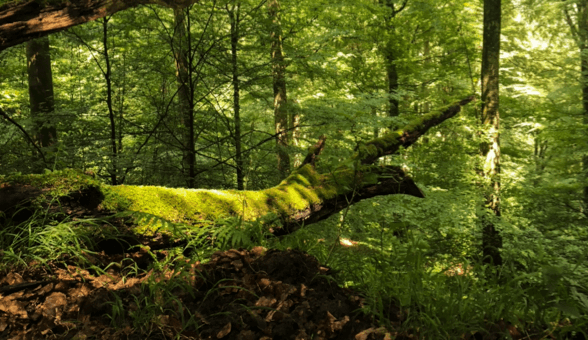

| Continent | Europe |
| Country | Germany |
| Costs per square metre | 6.79 € |
| GPS Data of the site | 50.43579, 6.80736 |
| Protecting Partner | Wohllebens Waldakademie |
By nature, more than 90 percent of Germany would be covered by forest, most of it beech or mixed beech/oak forests. These forests are characterized by long-lasting stability; disturbances in the form of storms or fire are unknown to them. Many highly specialized animal and plant species have adapted to such permanent forests. Most of them depend on particularly old trees; the rare middle spotted woodpecker, for example, can only colonize beech forests when the trees are 200 years old or more. Ancient beech forests are the rainforests of Europe, and similar to the tropics, they are in very poor condition.
Further information about the project and partner.
Planting Oak Trees in the Wildlife Reserve Hutewald
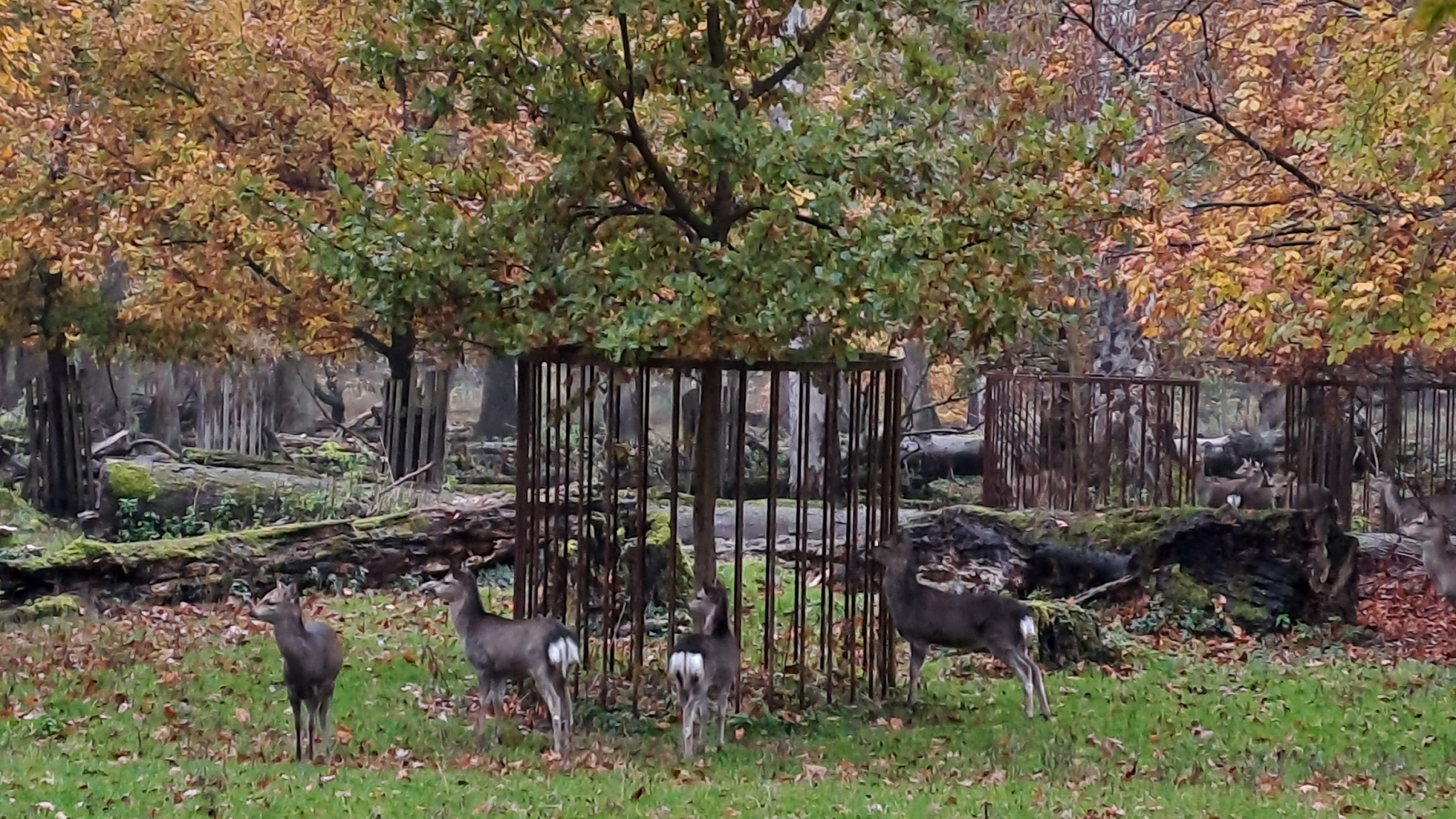

| Continent | Europe |
| Country | Germany |
| Costs per Tree | 425 € |
| GPS Data of planting site | 52.188487, 9.604949 |
| Planting Partner | Niedersächsische Landesforsten |
The extreme weather events, that is floods, of recent years have killed a large number of old oak trees that are part of the wildlife reserve ‘Hutewald’ and the bison enclosure ‘Wisentgehege Springe’ south of Hannover. To maintain the mountain forest character Niedersächsiche Landesforsten plant 50 new oak trees per hectare. The young trees (approx. 1.2-2.0 m tall) must be protected against the herbivores native to the area by means of individual shelters. The individual protection remains on the tree for about 30 years until the bark can no longer be damaged by animals. The special purpose of this project is to preserve and expand the approx. 300-year-old Hutewald, which provides acorns for the animals and houses the largest population of hermit beetles (Osmoderma eremita) in Lower Saxony.
Further information about the project and partner.
